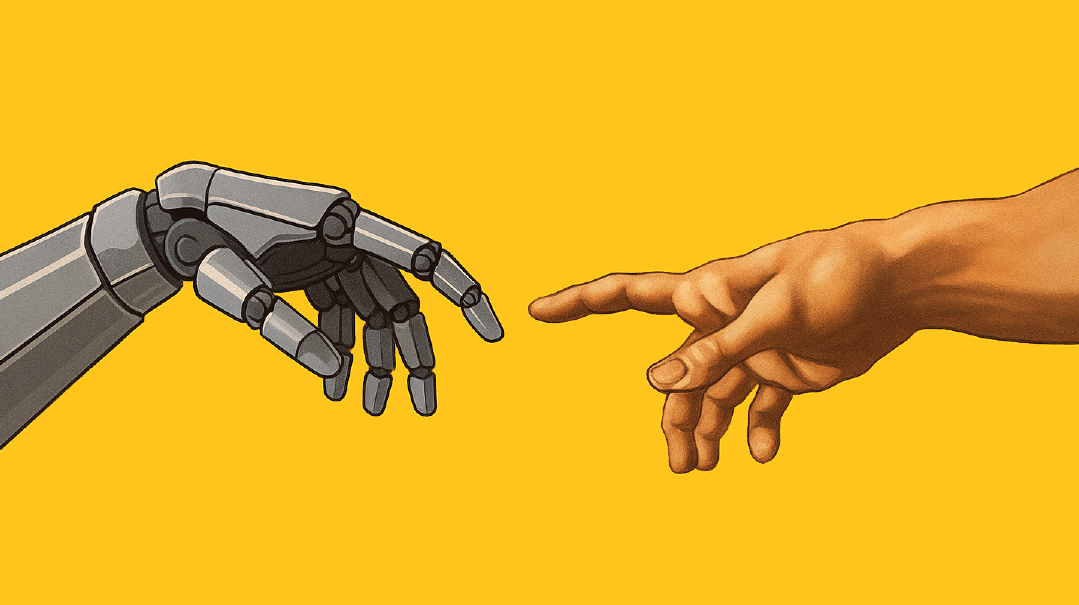Put in Perspective

I'm one of those very lucky mothers whose children love books. This translates into serene evenings on the couch after visits to the library and easy Chanukah gifts (we buy a pile of books and give ourselves the present of quiet). It also means that we’re constantly looking for new reading material.
A book we recently ordered seemed promising — a modern-day tale of four kids in a candy factory with a contest, deadline, and tantalizing reward. As I vetted it (quickly — I had a desperately hungry bookworm waiting), I discovered something unexpected.
After the first child had told most of his story, the book seemed to stop. Then came a divider page, and then the story began again, from the very beginning — but this time a second kid was the narrator. And even though the story had the same contours, the new perspective painted an entirely different tale. This second narrator ended his account shortly before the climax. Then a third kid took a turn.
By the time the fourth child brought the story to its conclusion, I realized that the genius of the book lay in those rotating perspectives. Each point of view gave me vital information I wouldn’t otherwise know. I learned that the first narrator was terribly disfigured — something he himself hadn’t detailed. I learned that one of the kids was actually a spy in disguise, another was suffering from crippling trauma, and that one bitter yet brittle child had imbibed his father’s longstanding vendetta.
I handed over the book to my eager reader and thought that was it. But then, as often happens in this business, one day I started wondering. What if we could do something similar in the magazine — tell a story of relationships and emotion and expectations and frustration — and then begin the story all over again, this time from a different point of view? It wouldn’t give that sweet sense of closure that you typically expect from a short story, but it could provide something very valuable.
I thought back to different events in my life — school, home, camp, family — that I’d discussed with the other people in the room. So many times, I discovered that we each had our own “version,” with different perceptions, different underlying emotions, and different interpretations of the same basic facts. In these cases, neither player is more right or wrong — you can’t argue with perception — yet so many times the subtext makes for an entirely different experience. Could we reproduce that disparity in the magazine?
A new column is a process. This one took many talks with editors and writers, teasing out kernels of stories, figuring out tone and style and structure. Writers Shaina King and Rochel (Grunewald) Samet were tasked with the doubly difficult task of developing two distinct personalities and two distinct sets of hopes and fears for every installment — with just the right amount of overlap and interaction so the two voices would complement one another without overdoing any details.
We decided to end each narrative with the words, “If I could tell you one thing, it would be…” and that imperative helped crystallize the direction for each voice. Bassi Gruen contributed the brilliant name “Double Take.” Then we sent the first installment off to print, and waited tensely.
Why the tension? We trust that we’ve developed a pretty good sense of what will speak to our audience. But at the end of the day, only our readers can judge what our readers will like. So there’s always this “hold your breath” period after every new launch.
We knew that Double Take was taking off when our inbox was overtaken by debate about the stories. Readers were getting passionate or furious about these characters they’d never met. Then a reader sent in his own real-life experience to us. “I realized that this might be a good candidate for your new column Double Take,” he wrote.
But perhaps most rewarding was the feedback from readers who said that every now and then, when faced with an impossibly frustrating interaction, they stopped to ask themselves, “How would the Double Take of this story look?”
(Originally featured in Mishpacha, Issue 746)
Oops! We could not locate your form.







